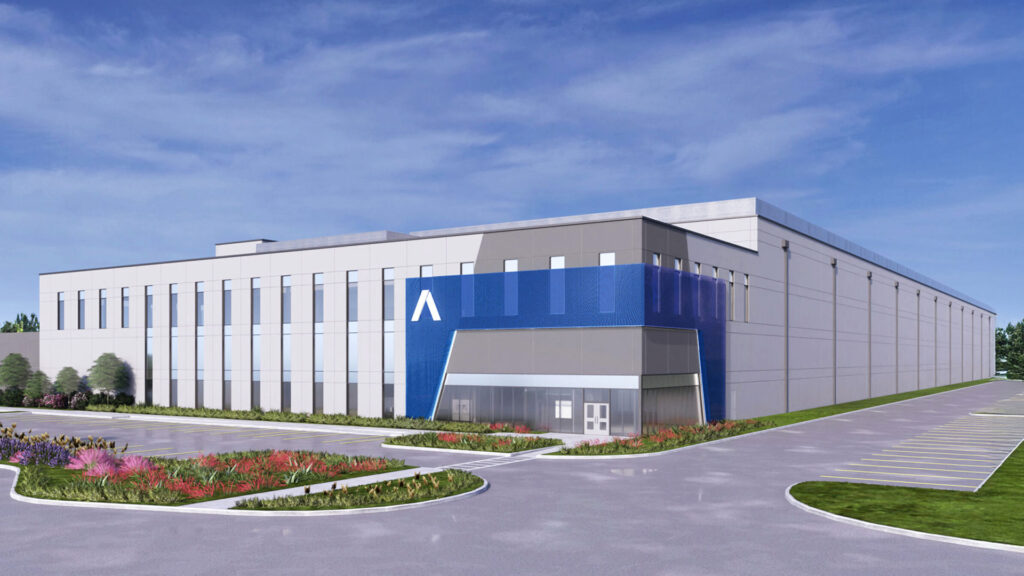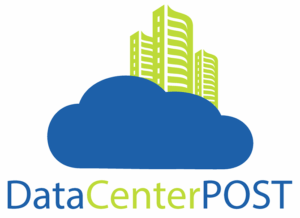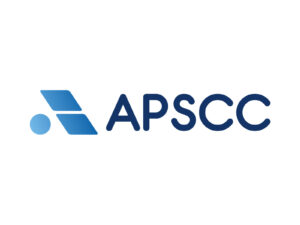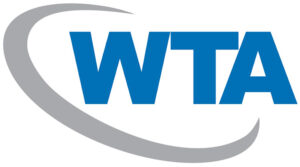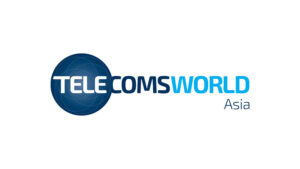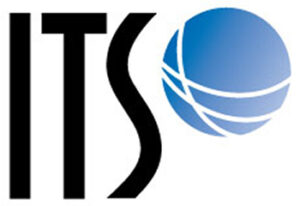As the term “data gravity” has proliferated across the many complex conversations the world has about digital transformation, many are still being left in the dark about how exactly this principle affects business and technology evolution. Some look at data gravity as a force that makes mobility harder and more expensive, dragging down data as it tries to make its way to various applications. However, others look at it as the new touchstone of an interconnected world. So, which is it?
Regardless of how data gravity is approached, one thing is very apparent: this principle (be it an asset or liability) is a key megatrend. What’s more, it’s a philosophy that everyone should be paying great attention to as its prevalence and intensity ramp up in coming years alongside transforming IT architectures.
Many of tomorrow’s IT evolutions will be based around the ability to mine for data gravity — and there isn’t a well-defined best practice that exists to address it. Why should data gravity remain a mysterious, undefined challenge when it should be a key barometer helping us redraw the map of optimized IT? How might it affect IT strategy and how might a rethinking of cloud storage and edge data centers create a path forward?
In truth, solving for data gravity’s many questions will involve an intermeshed collaboration between parties including content providers, edge data centers, and enterprise IT teams. For now, however, we can begin by assessing and defining its value and introducing key ways to locate it so organizations can make informed, forward-thinking decisions for their digital transformations.
Meet Data Gravity
As with many things in the world of IT, the reputation of data gravity has become a bit murky. As it has developed its presence in the minds of technological decision-makers, some have seen it as more of a nuisance than anything else — but let’s trace this term back to the very beginning.
The term “data gravity” is said to have been introduced in 2010 by Dave McCrory as an analogy that describes how data and applications attract each other the same way any object does under Newton’s Law of Universal Gravitation. In theory, this means that as datasets get bigger, they become harder to move due to this attractive force. This also means that as data piles up, applications and services inevitably move closer to the data sets — and that movement has big implications for how IT should be deployed. We’ve already seen this catalyze a focus on the edge and edge data centers — it’s a data gravity-driven trend that helps latencies stay low and keeps applications and services fast and nimble.
Still, it can be argued that data gravity isn’t some tyrannical, unconquerable, and inevitable force that limits data’s mobility or limits how organizations plan their transformations — it’s more of an indicator of where businesses can tap the value for their data and connectivity with the least effort. We’ve shaped our collective evolution on data gravity for a reason and it’s time to acknowledge that this force should be front and center at every IT decision.
What does data gravity offer? To put it simply, data gravity offers the benefits everyone is looking for: it puts speed, accessibility, mobility, and connectivity growth right at the business’ fingertips by bringing diverse clouds, applications, platforms, service providers, carriers, and high-value peers together in one neat package. The alternative is a long arduous process for any organization involving individual deployments in assorted locations that seek to connect all these disparate elements. Data gravity makes achieving faster, more reliable, and better-connected IT frameworks simple and easy. All an organization needs to know is where to look.
Where is the Data Pulling Us?
Data gravity-rich hubs are being cultivated by a number of factors but at the forefront is the presence of a rich cloud and connectivity ecosystem that features a close concentration of hyperscalers. Naturally, this brings to mind popular destinations like Northern Virginia, London, Frankfurt, Silicon Valley — the customary well-worn and population-dense hubs we’ve all come to know and love. But this narrow view of where data gravity opportunities reside makes many miss where the true value remains.
In reality, there are so many up-and-coming locations that are rich in data gravity due to their advantageous geographic location, on-site connectivity, and rapidly growing ecosystems. These lesser-known hubs can offer an upper hand in a variety of ways. For instance, they might reside more toward the center of a given area, making their connectivity potential far superior for businesses looking to reach a number of key markets while keeping latencies low. Alternatively, they might allow businesses to take advantage of cost efficiencies while still reaping the benefits of highly connected on-site Internet Exchanges (IXs) and cloud on-ramps.
These developing zones are becoming increasingly important for businesses looking to stay ahead of the competition but they can be hard to spot. Perhaps our best indicator of where data gravity lives is where the hyperscalers are.
It’s become apparent that where the cloud goes, organizations will follow. In Cisco’s 2022 Global Hybrid Cloud Trends Report, it was revealed that 82% of IT leaders say that they have adopted the hybrid cloud, while almost half are deploying between two to three public infrastructure-as-a-service clouds. Hyperscale cloud providers present one of the richest sources of IT advantage and data gravity due to their size, their in-demand offering, and their connections to partners and platforms. All of this means that when a cloud provider shows up, data gravity potential is high.
It’s true that there might not be any singular key to finding data gravity. So, when it comes to leveraging this important asset, decisions are going to be increasingly made based on the growth trajectory of a given hub or even of a singular data center location. Constant growth in a content and cloud ecosystem demonstrates that data gravity is high and that an ecosystem already has the self-sustaining momentum that begets ongoing, sustained optimization. This will likely lead us further into the cloud and to the edge — two of data gravity’s favorite spots. Ultimately, what we must remember is that the more gravity something has, the greater its ability to attract — and that’s what every organization should be looking to capitalize on.
1623 Farnam is the leading network interconnect point providing secure direct edge connectivity to fiber and wireless network providers, major cloud and CDN properties, content providers, and Fortune 500 enterprises. The company supports mission-critical infrastructure and applications with the highest levels of availability, enabling maximum levels of application performance. As the regional leader in network-neutral, edge interconnection, 1623 Farnam offers access to 50 network companies which have local, regional, national, and international reach. Located in the heart of the Midwest, 1623 Farnam services over 5 million eyeballs and multiple Fortune 500 companies in our region. Learn more at www.1623farnam.com.




